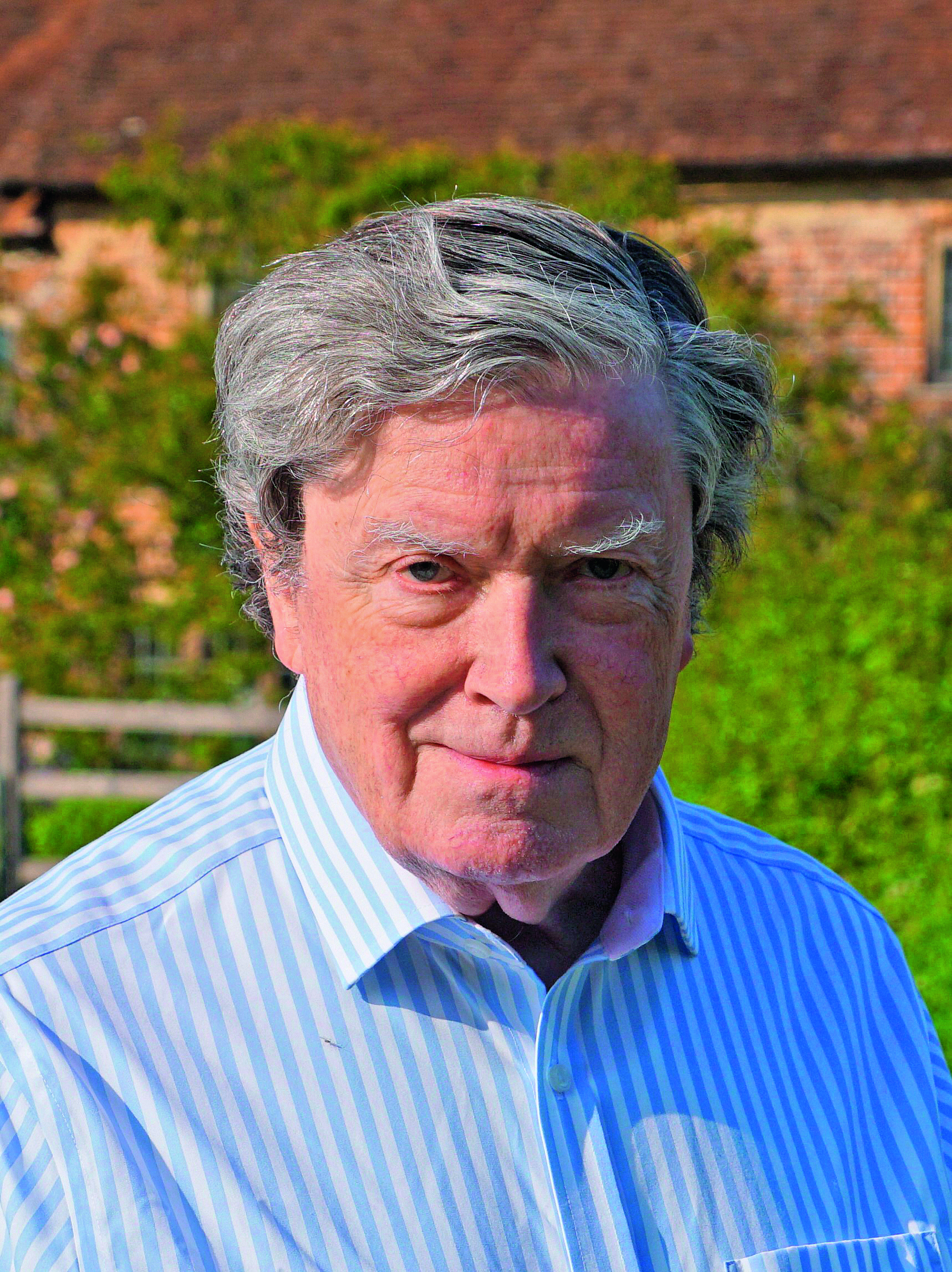The man who was 'by far the most significant breeder of rhododendrons of the 20th century'
Charles Quest-Ritson pays tribute to the great Hans Hachmann, the most important plantsman you've probably never heard of.

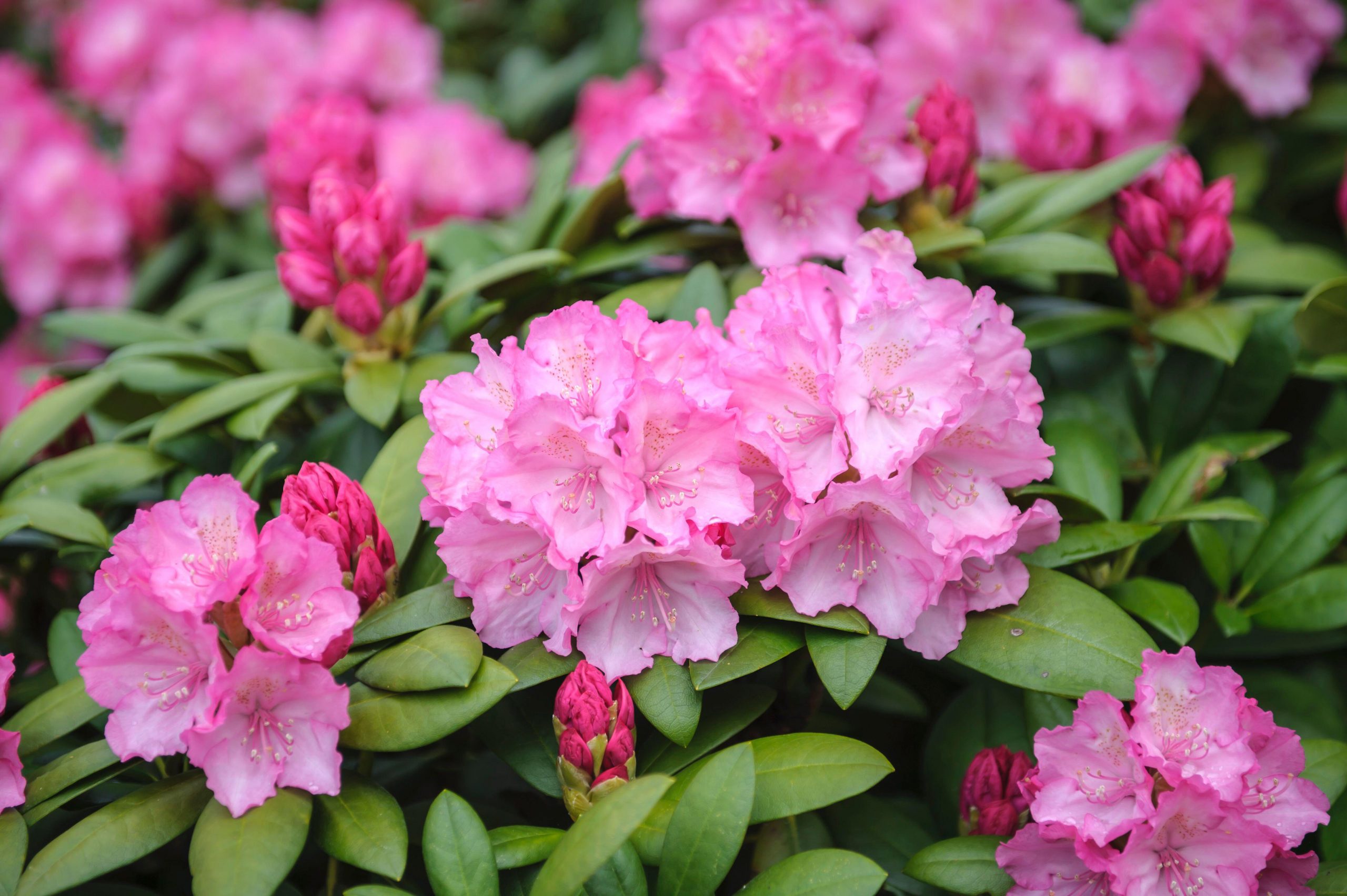
Sometimes, a great horticulturist comes along who changes our tastes and creates new markets. The rose breeder David Austin was one such: who would have supposed, 50 years ago, that roses with muddled centres would oust the elegant Hybrid Teas and super-floriferous Floribunda roses that everyone grew and loved?
Let me introduce you to Hans Hachmann, another innovator, but little known to English gardeners. He was by far the most significant breeder of rhododendrons of the 20th century. Better than Loder, Aberconway, Millais and de Rothschild? Yes, without a doubt. I realise there are still a few Brits who cannot believe that any country does gardening better than we do — and certainly not Germany. But that is where we must look for the best modern rhododendrons, not to mention disease-resistant roses and prairie-style gardens.
Hachmann’s nursery, now run by his son, is at Barmstedt in Schleswig-Holstein, a region of Germany to which sandy soil and mild climate have attracted nurserymen for at least 150 years. Hachmann laid out a show garden and stocked it with rhododendrons from England and the Netherlands. Then came a beast of a winter, when the temperature dropped to -20˚C, and he lost almost everything. Hardiness immediately became Hachmann’s priority and hardy rhododendrons could only be obtained by breeding new varieties. Between 1950 and his death in 2004, he raised more than five million rhododendron seedlings in search of hardiness, as well as floriferousness, bright colours, handsome leaves and plants of compact size suitable for small gardens. It is greatly to his credit that he introduced only about 400 of them.
His new super-hardy rhododendrons proved popular, especially in markets where these most beautiful garden shrubs had never before been growable. ‘Mine’s a Hachmann’ became the catchword of first-time rhododendron lovers in the American Midwest, where his introductions began to carve out a place for themselves in cold-climate gardens.
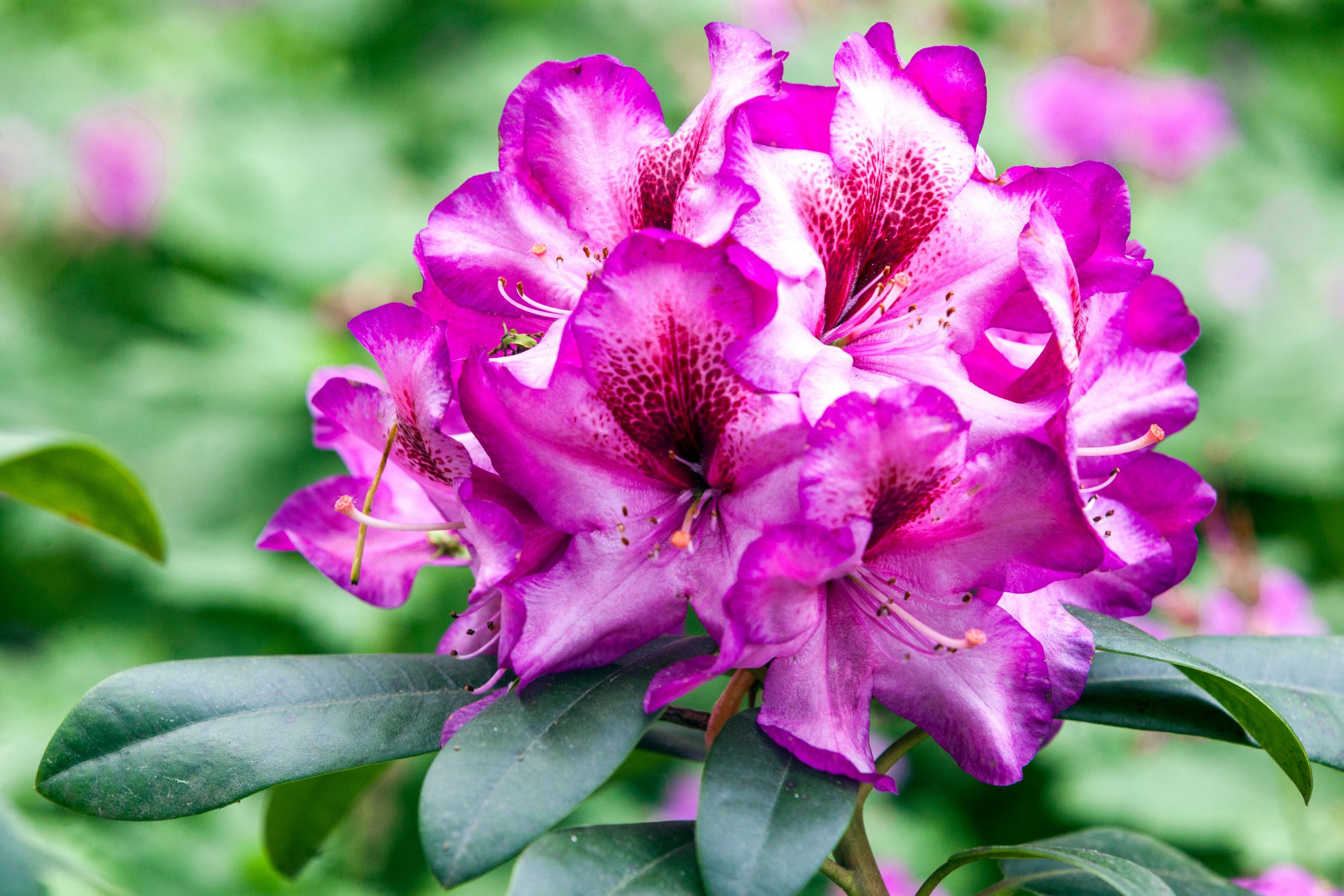
But there is more to his story than all that. Hachmann also made an unusual discovery. Someone told him about a rhododendron seedling — one plant — found growing in a limestone quarry. Such a phenomenon — a rhododendron that tolerated a pH of 7 or more — was thought impossible. Everyone knew they needed acid soil, with a pH no higher than 5.5. But Hachmann saw that lime-tolerant rhododendrons would greatly expand their growability and he created a consortium of some 20 large nurseries to work with him to breed new varieties for soils with a high pH.
There is a tough old rhododendron called ‘Cunningham’s White’, introduced nearly 200 years ago and often planted as a windbreak because it grows to about 10ft and is very hardy. It also has a reputation for tolerating soils that are not quite as acid as most rhododendrons require. Hachmann decided to cross it with the plant from the lime quarry. Research and development can be expensive and this cross produced some 20,000 seedlings, all of which were grown on until they were large enough to flower. What was he looking for? Lime tolerance and hardiness, of course, but also vigour, ease of propagation and usefulness as a rootstock for grafting. Eventually, he chose one seedling that combined all those qualities, named it Inkarho and patented it.
Inkarho is a German acronym for INteressengemeinschaft KAlktoleranter RHOdodendron or lime-tolerant rhododendron partnership. Inkarho had two uses. First, it became the progenitor of a whole new race of hardy, lime-tolerant rhododendrons. It is these that have spread the cultivation of rhododendrons into climates where they would not otherwise survive. Several have received an Award of Garden Merit from the RHS already, including ‘Hachmann’s Polaris’, ‘Hachmann’s Por-zellan’ and ‘Hachmann’s Marlis’. Almost all are chunky, compact and very floriferous: Millais, Larch Cottage and Burncoose are among the leading English stockists.
Exquisite houses, the beauty of Nature, and how to get the most from your life, straight to your inbox.

The second use of Inkarho was to breed a race of lime-tolerant rootstocks. Older rhododendrons could then be grafted onto them and grown in areas where the pH is neutral or alkaline. The jury is still out on the degree of alkalinity that they tolerate. Some report success in soils with a pH of 7.5 where the plants receive a thick covering of leafmould or other organic mulch. They are said to flourish even in the middle of Salisbury Plain.
Hachmann’s example should also be applied to other acid-loving genera. Take magnolias, for example. Most of them require an acid soil, but a few will flourish on chalk — evergreen M. grandiflora is one such.
Why have our English nurserymen not learned to graft acid-loving magnolias onto lime-tolerant rootstocks? How I would love to grow the March-flowering giants — such a feature of Cornish gardens — on the chalk hills of Hampshire. First, however, the insular English must admit that, sometimes, there are good things we can learn from the Germans.

Credit: Dennis Frates / Alamy Stock Photo
Alan Titchmarsh: Finally, a chance to nurture and grow some rhododendrons
Alan Titchmarsh had resigned himself to a life without rhododendrons – but now that's all about to change, courtesy of
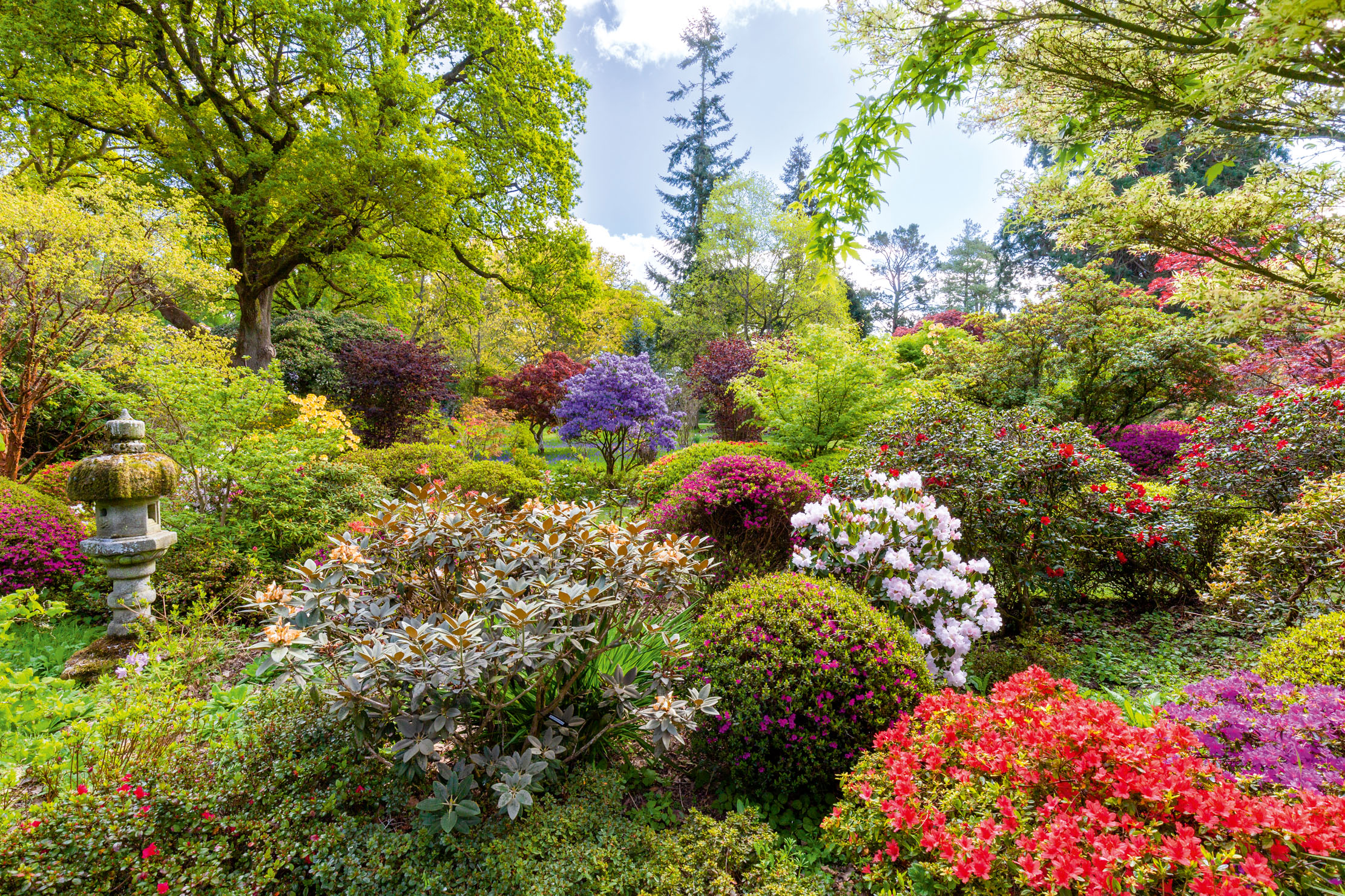
The greatest rhododendron garden in Britain? A visit to Ramster, the 'woodland garden that looks as if it's existed since time began'
In its centenary year, Ramster’s reputation continues to grow, together with its magnificent woodland garden, says Charles Quest-Ritson.
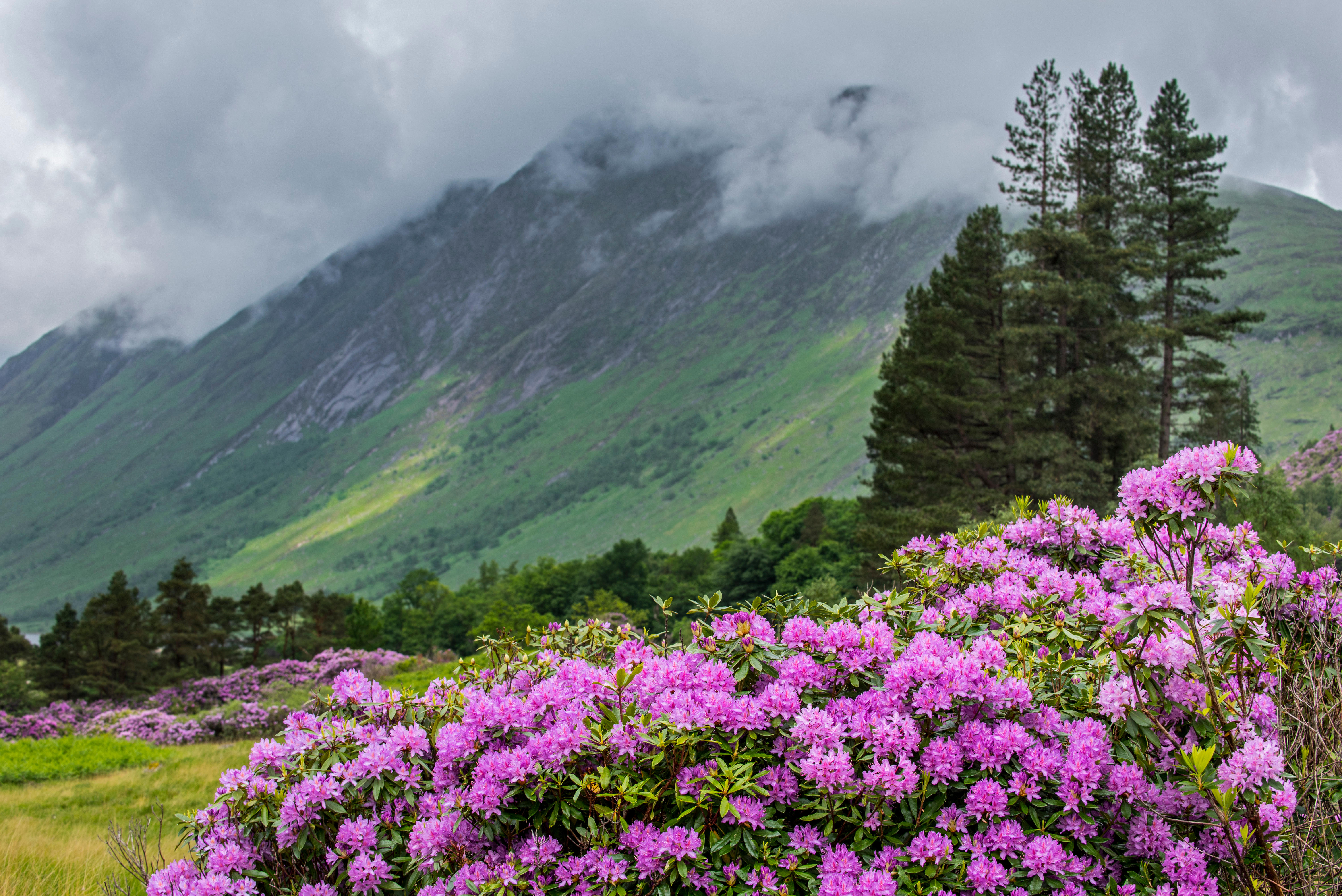
Credit: Alamy
Rhododendrons: A beautiful excuse to lose the battle against invading flowers
Charles Quest-Ritson explains why these gorgeous purple flowers are not such a bad thing, really.
Charles Quest-Ritson is a historian and writer about plants and gardens. His books include The English Garden: A Social History; Gardens of Europe; and Ninfa: The Most Romantic Garden in the World. He is a great enthusiast for roses — he wrote the RHS Encyclopedia of Roses jointly with his wife Brigid and spent five years writing his definitive Climbing Roses of the World (descriptions of 1,6oo varieties!). Food is another passion: he was the first Englishman to qualify as an olive oil taster in accordance with EU norms. He has lectured in five languages and in all six continents except Antarctica, where he missed his chance when his son-in-law was Governor of the Falkland Islands.
